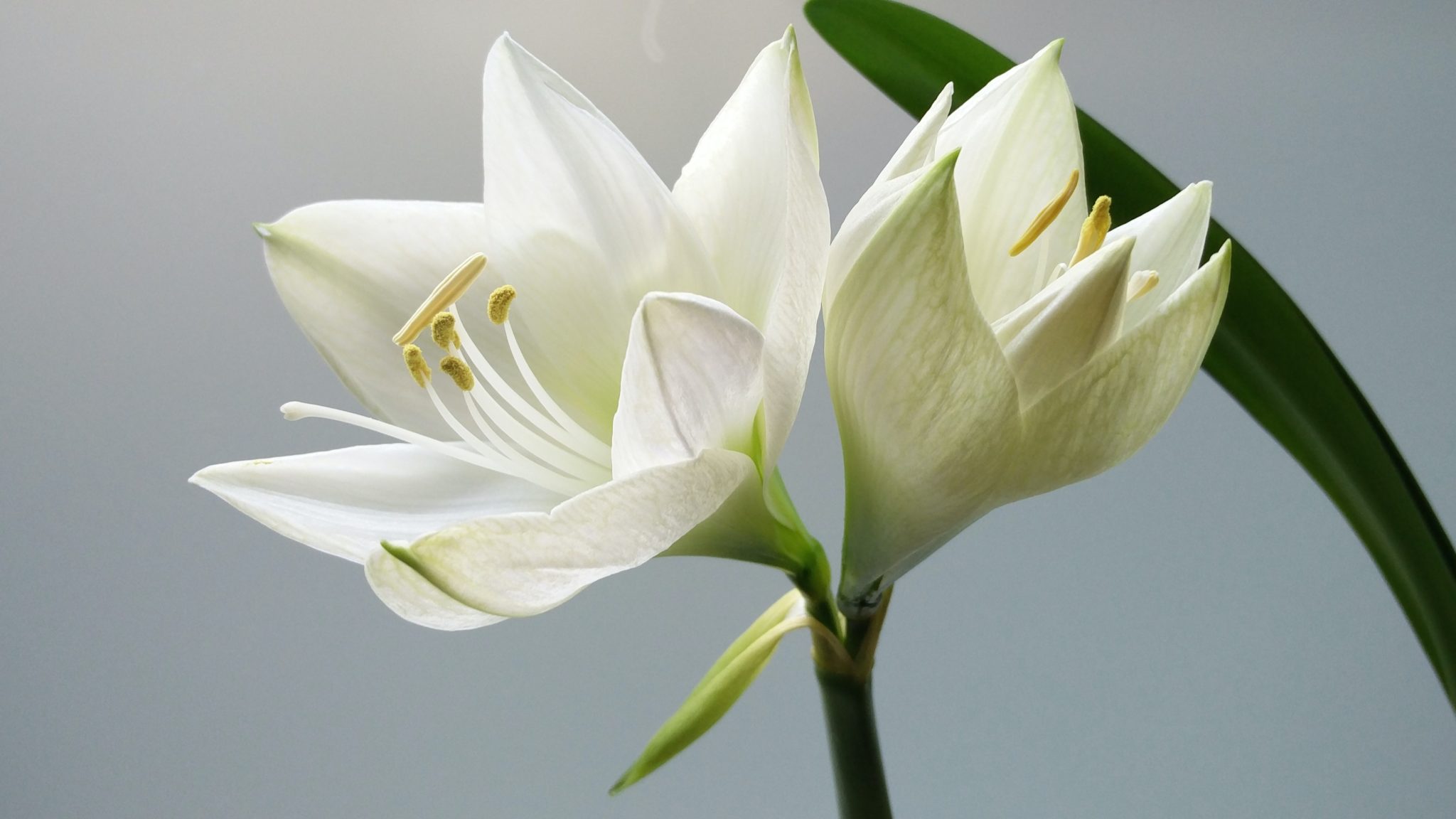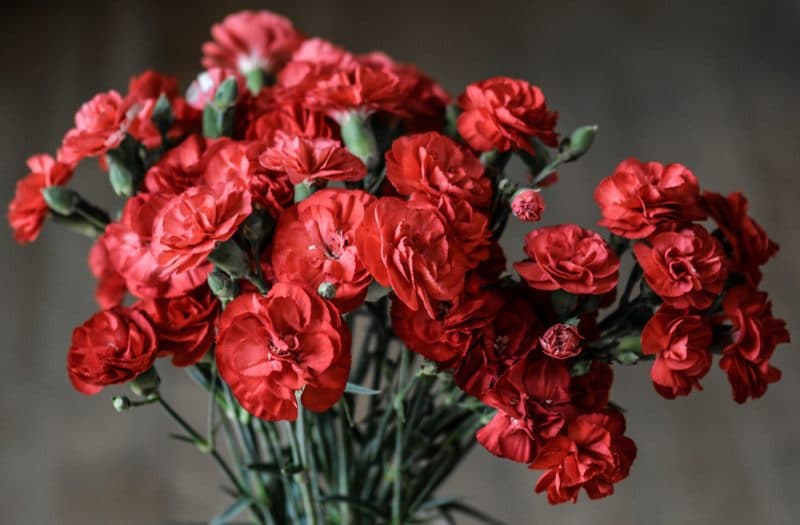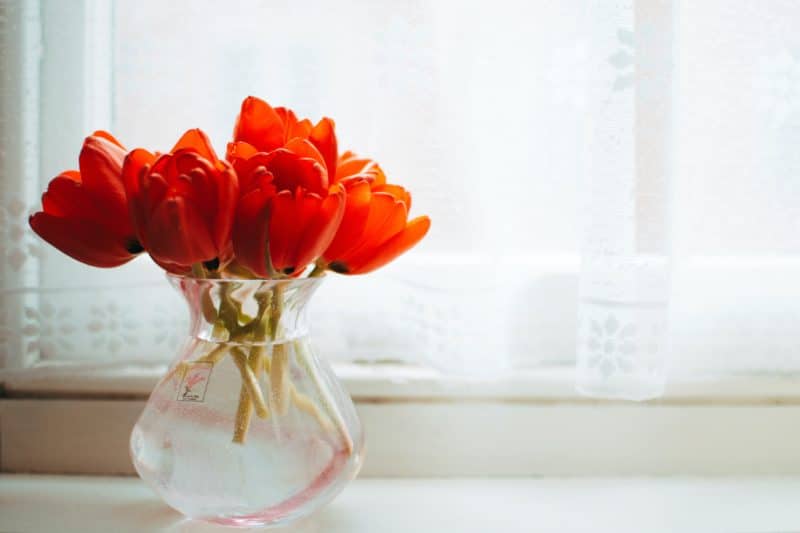
Funeral flower arrangements are a beautiful way to celebrate life and to show sympathy for friends and family who are grieving a loss. Some funerals are full of flower arrangements, while others keep things simple with a funeral spray of flowers on the casket. Choosing flowers for a funeral requires special consideration for the message each arrangement conveys.
From certain flower types to personalized arrangements, every detail plays a part in expressing sympathy or celebrating your loved one. Don’t worry—we’re breaking down each step in choosing funeral flower arrangements so that you can send a poignant message.
Who Should Send Funeral Flower Arrangements?
When it comes to sending arrangements, there are a few things to keep in mind. First, consider funeral flower etiquette. Immediate family is often in charge of choosing flowers, but anyone can send floral tributes.
Most of the time, the obituary will include information on whether or not to send flowers and where you should send them. The family may express that they would rather you spend money by donating to a local hospice or organization the deceased was passionate about.
Individual family members or close friends might send flowers, too. For example, the grandchildren of the deceased can send an arrangement in dedication to their grandparent, or a close friend can send an arrangement of certain flowers that symbolize friendship.
When and Where Should I Send Funeral Flower Arrangements?
To ensure that your arrangement is included in the service, make sure that you order the flowers at least 48 hours before the funeral date. Deciding where to send the flowers depends on the wishes of the family. Typically, flowers ordered ahead of time are sent to the family through the funeral director. You can also bring an arrangement to the funeral service where the funeral director will take it and place it with any other tributes.
In the case of a burial service, the funeral home will take the flowers to be placed on the grave. Some families choose to leave arrangements there, while others will take the floral tributes home. The process is similar for a cremation funeral; the funeral director will arrange the flowers at the service, and the family either keeps the flowers at home or gives them to family members and close friends.
If the family who is arranging the funeral did not request flowers, but you feel it would be meaningful to send them, the funeral director can usually help you with making the gesture discreetly. They might arrange them outside the funeral or even on the bereaved’s porch.
If the family requested no flowers, the service is not the best time to gift arrangements, especially if you’re handing them directly to the bereaved. However, you can send sympathy flowers to their home before or after the funeral with a note included.

Choosing Flower Types:
While you may know that lilies and carnations are used for funerals, you might not know the hidden meanings behind those and many other flowers. Here are a few flower types that will help you convey the right message:
-
Carnations
Carnations are popular funeral flowers optimal for basket or vase arrangements. Not only do they carry a sweet smell, but they also last a long time, making them a good choice for funerals that last a few days. White carnations symbolize innocence and purity, while pink carnations represent thoughts of fondness and remembrance, but you can choose whatever color you’d like. You can even order carnations in the favorite color of your loved one.
-
Chrysanthemums
Chrysanthemums, also known as mums, are a lovely choice for families with roots in Europe or Asia. China, Japan, and Korea use white mums to represent grief, and many European countries use chrysanthemums at the gravesite.
-
Daffodils & Tulips
Daffodils and tulips represent hope and encouragement. Arrangements of these uplifting flowers are great for sending directly to the family at home.
-
Gladioli
Gladioli symbolize strength and character. If the deceased was a particularly strong or upstanding person, you might choose a gladioli arrangement to celebrate them. Gladioli also make beautiful funeral sprays.
-
Hydrangeas
If you want to do something a bit different from the traditional cut flowers, you might opt for sending a potted hydrangea. Because hydrangeas can be replanted outdoors, they’re a beautiful gesture of ongoing support for the family since they will have the flowers for years to come.
-
Lilies
Lilies are a universally-used flower at funerals. Like carnations, they do best in vases or baskets. They symbolize the soul of the loved one and the hope that their soul will be renewed. White lilies are a common choice for religious services.
-
Orchids
Orchids represent love. Sending an arrangement of orchids symbolizes your devoted love either to the deceased and their family.
-
Roses
Roses are perfect for funeral flower arrangements because they universally symbolize love and respect. Pink roses represent grace and appreciation. Yellow roses are great for celebrating friendship. Deep crimson roses convey grief and sorrow. You can send a whole bouquet of roses or add a single rose to another arrangement. Again, feel free to choose a color that feels best to you.
Funeral flower arrangements that convey a special meaning or message are lovely, but there are no rules as to what kind of flowers you can send. Feel free to use the deceased’s favorite flower or flowers in an arrangement as well.
Choosing a Flower Arrangement:
There are a variety of arrangements available when it comes to funerals. Here are a few funeral flower arrangement ideas:
-
Bouquet
A flower bouquet is a common choice for a funeral. From the flowers above, carnations, lilies, and roses are great for bouquet arrangements.
-
Casket spray
Casket sprays adorn the casket, so these are typically chosen by family members or whoever is arranging a funeral. Generally, it’s not good funeral flower etiquette for anyone else to send a casket spray.
-
Funeral cross
Funeral crosses are flowers arranged in a cross shape. They come in a variety of colors and styles and are usually gifted from close friends and family.
-
Funeral spray
Different from a casket spray, a funeral spray is a great gift from a friend. Symbolizing sympathy, funeral sprays are a common funeral flower arrangement.
-
Letter tributes
Letter tributes are arrangements that spell out names, such as “Mom,” “Dad,” or “Nan” and go in the hearse with the casket. These tributes usually come from close family members.
-
Posies
A posy of flowers is arranged in a circular shape so that anyone can view them from any angle. Posies are okay for any mourner to send and can be sent to the funeral home or directly to the family.
-
Special tributes
Special tributes are unique funeral flower arrangements usually inspired by the deceased and the things they loved. These arrangements can be as simple as a bouquet of their favorite flowers or as extravagant as a sculpture of flowers such as a heart, a football, an animal, and more.
-
Tied sheaf
A tied sheaf is similar to a regular bouquet, but it is dressed up with twine or ribbon. Like a posy of flowers, tied sheaves are suitable for anyone to send to the funeral home or to the family.
-
Wreaths
Funeral flower wreaths or flower crowns are common arrangements for funerals. These circular tributes are best sent by family or friends directly to the funeral home.

What to Include in The Sympathy Card
Last, but not least, it’s time to choose what to write in the sympathy card or note attached to your funeral flower arrangement. Funeral flower messages can range from short and sweet to a few sentences depending on your relationship with the bereaved. Here are a few examples of what to say and what not to say in funeral flower card messages:
What to Say
First, the most important thing is to speak from your heart. You don’t have to be a wordsmith to convey your sympathy. Try tributes like, “I am sorry for your loss” or “You’re in our prayers” or a simple “Sending love to you in this difficult time.” Though short and simple, these messages are supportive and uplifting.
What Not to Say
Avoid phrases such as, “They’re in a better place,” “Be strong,” or “There’s a reason for everything.” Though your intentions are good, phrases like these can feel isolating or invalidating for the person or people grieving.
We hope this guide to sending funeral flower arrangements has helped you. Remember, that at the end of the day, it’s about conveying what’s in your heart and respecting the family’s wishes.



Recent Comments